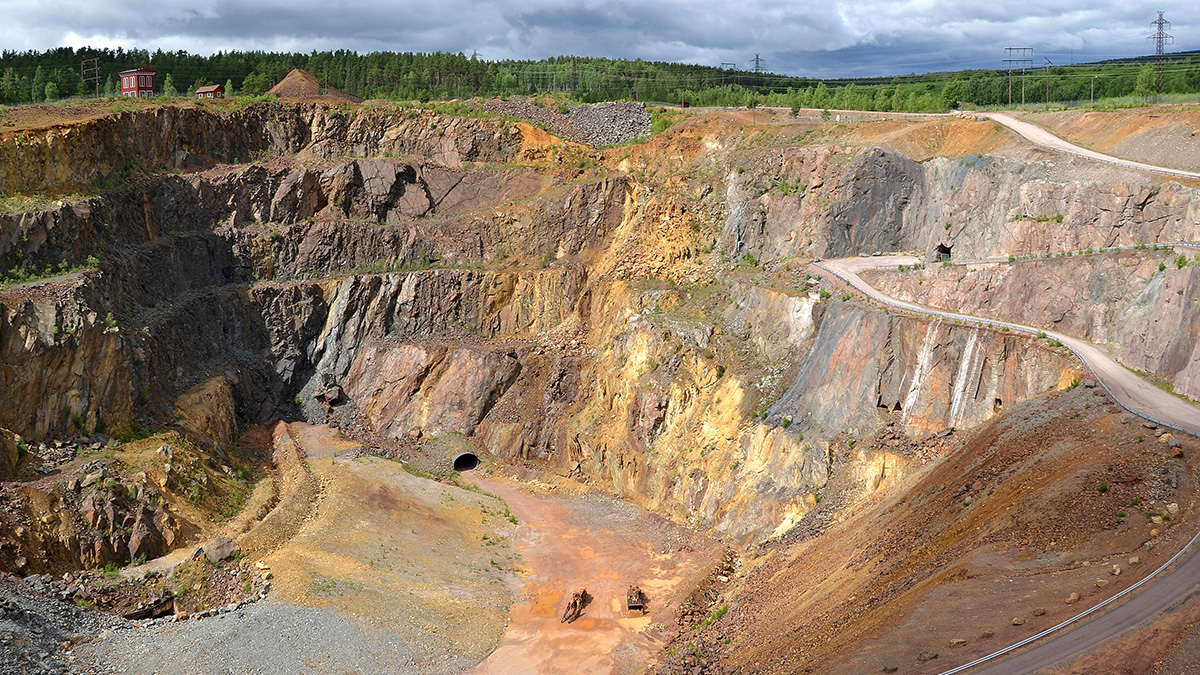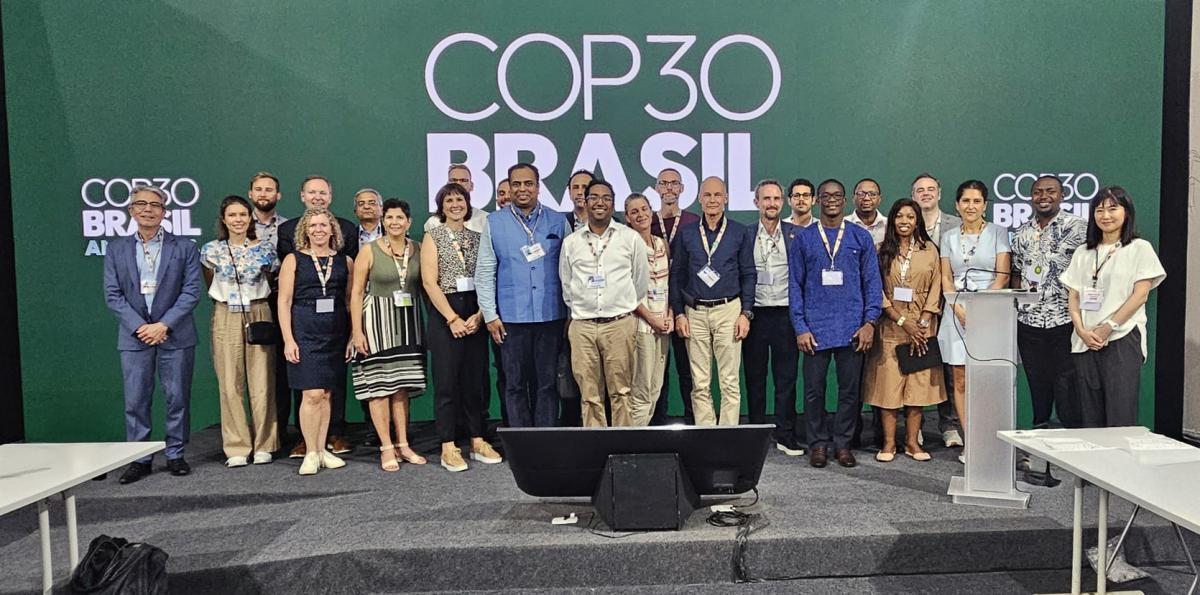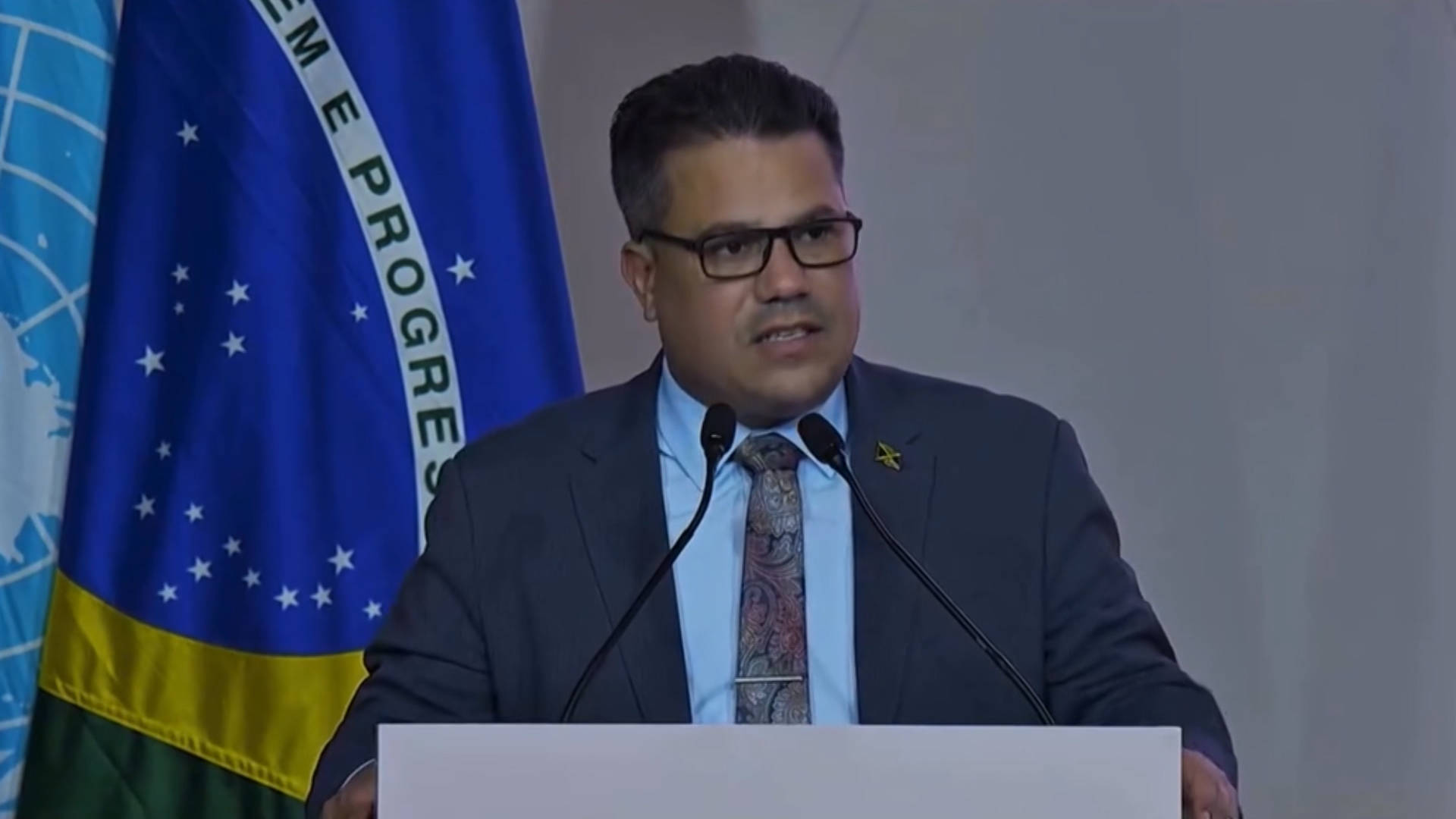Europe making some progress in securing critical raw materials for clean tech – WindEurope

Report on the European Union’s Strategy for Critical Raw Materials and its Alignment with Sustainable Development Goals
This report outlines the European Union’s strategic initiatives, primarily the Critical Raw Materials Act (CRMA), aimed at securing the resources necessary for the clean energy transition. These efforts are intrinsically linked to achieving several key UN Sustainable Development Goals (SDGs), including SDG 7 (Affordable and Clean Energy), SDG 9 (Industry, Innovation, and Infrastructure), SDG 12 (Responsible Consumption and Production), and SDG 17 (Partnerships for the Goals).
The Critical Raw Materials Act (CRMA): A Framework for Sustainable Industrial Strategy
The CRMA, agreed upon in 2024, addresses the EU’s significant dependency on non-EU countries, particularly China, for critical raw materials vital for clean technologies like wind turbines. The Act provides a strategic framework to bolster Europe’s economic competitiveness and energy security, directly supporting the objectives of SDG 7 and SDG 13 (Climate Action) by ensuring the stability of the green transition.
The CRMA establishes specific targets for 2030 to build a resilient and sustainable supply chain:
- Domestic Extraction: To source at least 10% of the EU’s annual consumption from within the Union, fostering local industry and contributing to SDG 8 (Decent Work and Economic Growth).
- Processing Capacity: To process at least 40% of annual consumption within the EU, building resilient industrial infrastructure in line with SDG 9.
- Recycling Capacity: To recycle at least 15% of annual consumption, promoting a circular economy as mandated by SDG 12.
- Import Diversification: To ensure no more than 65% of the annual consumption of any single strategic raw material comes from a single third country, enhancing supply chain resilience.
Progress and Implementation: Advancing Multiple SDGs
Since the adoption of the CRMA, the EU has initiated several measures that advance progress across multiple SDGs:
- European Supply Chain Development: In March 2025, 47 strategic projects were selected to receive streamlined permitting and enhanced access to finance. This initiative directly supports SDG 9 by fostering innovation and building sustainable industrial infrastructure within Europe.
- Global Partnerships for Sustainable Sourcing: In line with SDG 17, the EU has expanded its global engagement by signing new strategic partnerships for critical raw materials with Australia, Uzbekistan, Serbia, and Norway, with further collaboration planned with Greenland.
- Enhancing Processing Capabilities: A significant milestone for SDG 9 was achieved with the opening of a new Neo Performance Materials factory in Estonia. This facility will produce permanent magnets essential for wind turbines and electric vehicles, strengthening Europe’s clean technology manufacturing base.
- Circular Economy Initiatives: To meet the objectives of SDG 12, Member States are now required to implement national programs to improve the collection and recycling of waste rich in critical raw materials, transforming it into secondary resources.
The RESourceEU Programme: A Strategic Response for Energy Security and Climate Action
The forthcoming RESourceEU programme represents a further step in the EU’s strategy. This initiative will establish a joint purchasing and strategic stockpiling mechanism to increase the EU’s market leverage and secure better access to critical raw materials. The programme is a direct response to geopolitical uncertainties and trade restrictions, designed to de-risk the EU’s supply chain and safeguard its long-term progress towards SDG 7 and SDG 13.
Implications for the Wind Energy Sector and Sustainable Development
A secure supply of critical raw materials, especially the rare earths used in permanent magnets for wind turbines, is fundamental to the expansion of renewable energy. The CRMA and RESourceEU are crucial for the wind energy sector, as they underpin the EU’s ability to scale up clean energy production. The successful execution of these strategies is essential for maintaining Europe’s energy security, enhancing its economic competitiveness, and fulfilling its commitments to the Sustainable Development Goals, particularly those related to affordable clean energy and climate action.
Analysis of Sustainable Development Goals in the Article
1. Which SDGs are addressed or connected to the issues highlighted in the article?
- SDG 7: Affordable and Clean Energy
- SDG 9: Industry, Innovation, and Infrastructure
- SDG 12: Responsible Consumption and Production
- SDG 17: Partnerships for the Goals
- SDG 8: Decent Work and Economic Growth
2. What specific targets under those SDGs can be identified based on the article’s content?
SDG 7: Affordable and Clean Energy
- Target 7.2: By 2030, increase substantially the share of renewable energy in the global energy mix. The article directly supports this target by focusing on securing critical raw materials, specifically rare earths for permanent magnets, which are “vital for clean tech manufacturing” and used in “a lot of wind turbines.” Ensuring a stable supply chain for the wind industry is essential for expanding renewable energy capacity.
SDG 9: Industry, Innovation, and Infrastructure
- Target 9.4: By 2030, upgrade infrastructure and retrofit industries to make them sustainable, with increased resource-use efficiency and greater adoption of clean and environmentally sound technologies and industrial processes. The article highlights the EU’s Critical Raw Materials Act (CRMA), which aims to “set up domestic mining and refining projects” and “ramp up Europe’s processing capabilities.” The opening of a new factory in Estonia by Neo Performance Materials to produce magnets for the wind industry is a concrete example of building new, sustainable industrial infrastructure for clean technology.
SDG 12: Responsible Consumption and Production
- Target 12.2: By 2030, achieve the sustainable management and efficient use of natural resources. The CRMA’s explicit goals to achieve “at least 10% extraction, 40% processing and 15% recycling of the EU’s annual critical raw materials consumption” by 2030 are direct measures to manage natural resources more sustainably and efficiently within the EU.
- Target 12.5: By 2030, substantially reduce waste generation through prevention, reduction, recycling and reuse. The article states that under the CRMA, “Member States need to adopt and implement national measures to improve the collection of critical raw materials rich waste and ensure its recycling into secondary critical raw materials.” The goal of achieving 15% recycling of annual consumption directly addresses this target.
SDG 17: Partnerships for the Goals
- Target 17.16: Enhance the global partnership for sustainable development, complemented by multi-stakeholder partnerships. The article explicitly details the EU’s strategy to diversify its supply chain by “strengthening its global engagement with reliable partners.” It lists new “strategic partnerships” with Australia, Uzbekistan, Serbia, and Norway, as well as bilateral agreements like the one between Germany and Canada, as examples of these partnerships in action.
SDG 8: Decent Work and Economic Growth
- Target 8.2: Achieve higher levels of economic productivity through diversification, technological upgrading and innovation. The article connects the supply of critical raw materials to “Europe’s energy security and economic competitiveness.” The establishment of new domestic industries for extraction, processing (like the Estonian magnet factory), and recycling represents a diversification of the economy and a technological upgrade to secure a competitive advantage in the clean tech sector.
3. Are there any indicators mentioned or implied in the article that can be used to measure progress towards the identified targets?
SDG 12: Responsible Consumption and Production
-
Implied Indicator for Target 12.2: Domestic material consumption. The article provides specific, measurable goals that act as direct indicators of progress:
- Percentage of the EU’s annual critical raw materials consumption that is sourced from domestic extraction (Target: at least 10% by 2030).
- Percentage of the EU’s annual critical raw materials consumption that is processed domestically (Target: 40% by 2030).
-
Indicator for Target 12.5 (related to 12.5.1 National recycling rate): The article provides a clear, quantitative indicator:
- Percentage of the EU’s annual critical raw materials consumption that comes from recycling (Target: 15% by 2030).
SDG 9: Industry, Innovation, and Infrastructure
- Implied Indicator for Target 9.4: The number of new domestic facilities for clean tech manufacturing and raw material processing. The article mentions the selection of “47 strategic projects to benefit from streamlined permitting” and the opening of a “new factory in Estonia” as tangible measures of progress in building sustainable industrial infrastructure.
SDG 17: Partnerships for the Goals
- Implied Indicator for Target 17.16: The number of strategic partnerships and bilateral agreements signed with third countries for the supply of critical raw materials. The article lists partnerships with Australia, Uzbekistan, Serbia, and Norway, and an agreement between Germany and Canada, which can be tracked as a measure of progress.
SDG 7: Affordable and Clean Energy
- Implied Indicator for Target 7.2 (related to 7.2.1 Renewable energy share): While not stating a number, the article implies that a key measure of success is the continued and expanded manufacturing of wind turbines, which depends on the secure supply of rare earths. Therefore, the production capacity of the European wind industry serves as an indirect indicator.
4. Create a table with three columns titled ‘SDGs, Targets and Indicators” to present the findings from analyzing the article.
| SDGs | Targets | Indicators |
|---|---|---|
| SDG 7: Affordable and Clean Energy | 7.2: Increase substantially the share of renewable energy in the global energy mix. | Implied: Production capacity of the European wind industry, enabled by a secure supply of critical raw materials. |
| SDG 9: Industry, Innovation, and Infrastructure | 9.4: Upgrade infrastructure and retrofit industries to make them sustainable, with increased resource-use efficiency and greater adoption of clean technologies. | Implied: Number of strategic projects for mining, refining, and processing (e.g., the 47 projects selected); Number of new domestic manufacturing facilities (e.g., the magnet factory in Estonia). |
| SDG 12: Responsible Consumption and Production | 12.2: Achieve the sustainable management and efficient use of natural resources. |
|
| 12.5: Substantially reduce waste generation through recycling and reuse. | Percentage of annual consumption from recycling (Target: 15% by 2030). | |
| SDG 17: Partnerships for the Goals | 17.16: Enhance the global partnership for sustainable development. | Implied: Number of new strategic partnerships and bilateral agreements with third countries (e.g., Australia, Uzbekistan, Serbia, Norway, Canada). |
| SDG 8: Decent Work and Economic Growth | 8.2: Achieve higher levels of economic productivity through diversification and technological upgrading. | Implied: Growth and establishment of domestic industries for raw material extraction, processing, and recycling, contributing to economic competitiveness. |
Source: windeurope.org
What is Your Reaction?
 Like
0
Like
0
 Dislike
0
Dislike
0
 Love
0
Love
0
 Funny
0
Funny
0
 Angry
0
Angry
0
 Sad
0
Sad
0
 Wow
0
Wow
0















































































